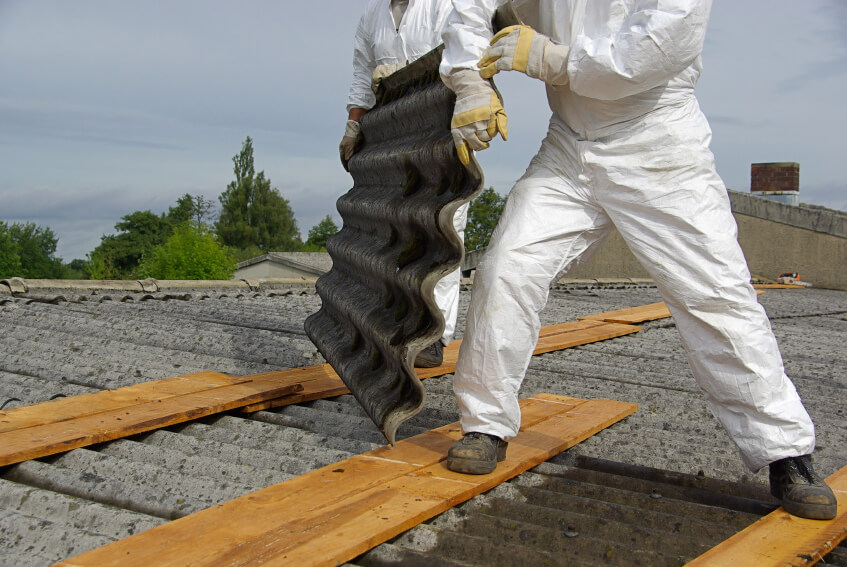
Asbestos is a potentially harmful construction material which was in widespread use in Australia for decades. Although it has been banned as a building material since 2003, the majority of houses built between the 1950s and 1980s contain at least some asbestos. In fact, the federal government’s Asbestos Safety and Eradication Agency reports that up to a third of Australian homes contain asbestos product. The popularity of asbestos, a natural fibrous silicate material, arose from its unique ability to withstand fire and water damage, as well as heat, erosion and ordinary decay.
As is now common knowledge, when asbestos fibres are discharged into open air and enter the airways and lungs of people breathing them in, they can cause deadly diseases including asbestosis, lung cancer and mesothelioma.
So what should you do if you suspect that your home contains asbestos?
Identifying the presence of asbestos
The first step in protecting your health and that of your family, employees or site visitors, is by identifying asbestos, and this is best done by an expert. Simply looking at a wall for example is not sufficient to determine whether it contains asbestos.
Asbestos testing can include on-site testing at your property, or testing can be conducted on a sample which you have safely collected yourself and sent to a lab. While you can collect samples yourself, one of the issues with this approach is that a qualified inspector knows what materials to test – it might not occur to you that asbestos could be present in sealants for example. You should also make sure the inspector you choose uses a NATA accredited lab.
Although asbestos does not generally pose a health risk unless it has been disturbed, it is essential to be aware of exactly what areas of your home or office contain asbestos. This is particularly important if emergency repairs or maintenance are required – being able to pinpoint the presence and location of asbestos for workers will eliminate any unexpected health risks and likely mean that repairs will be completed more quickly and efficiently.
Expert testing is the safest option
Given the significant risks associated with asbestos, there is no safe way for a layperson to try to establish whether their property contains asbestos or to deal with it. Indeed, in each Australian state, WHS legislation requires that asbestos assessors hold the appropriate licence, depending on the type of material they are to work with. Anyone who undertakes the removal of asbestos must also hold a licence, partly for their own protection and to ensure that they dispose of the asbestos product safely and without creating a further risk. WorkCover NSW stipulates that a failure to hold
the appropriate licence can result in fines for both the unlicensed worker and the person who has engaged their services.
What you can do if asbestos is identified
If it is necessary to undertake asbestos removal (for example, due to an impending demolition, renovation or other structural works) then an accredited asbestos inspector can provide recommendations for a removal expert, who can safely take away asbestos material, and monitor air quality at the site during the process.
The risks posed by asbestos are no trifling matter. Ensure that a licensed and qualified specialist conducts your asbestos inspection and testing.
Author: Carl Strautins

Email: info@SafeEnvironments.com.au
Carl Strautins is a managing director of Safe Environments Pty Ltd a multi-specialist consultancy operating in the building, construction and property management industries. He provides the necessary guidance and risk minimisation strategies required by architects, construction companies and facility managers to ensure they mitigated their risk to property risk. He is engaged on a regular basis to provide expert opinion for disputes and legal proceedings. Click here to know more about him.

